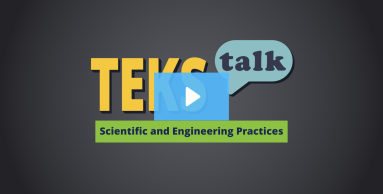
Knowledge and Skills Statement
Scientific and engineering practices. The student asks questions, identifies problems, and plans and safely conducts classroom, laboratory, and field investigations to answer questions, explain phenomena, or design solutions using appropriate tools and models.
Supporting Information
Research
“Science Tools.” Britannica Kids, kids.britannica.com/kids/article/Science-Tools/628800. Accessed 29 Nov. 2022.
Summary: Students should understand the importance of science tools and how to use them safely. Scientists use tools to help them accurately collect data and draw conclusions. This article provides examples of teaching students how to use common science tools safely.
